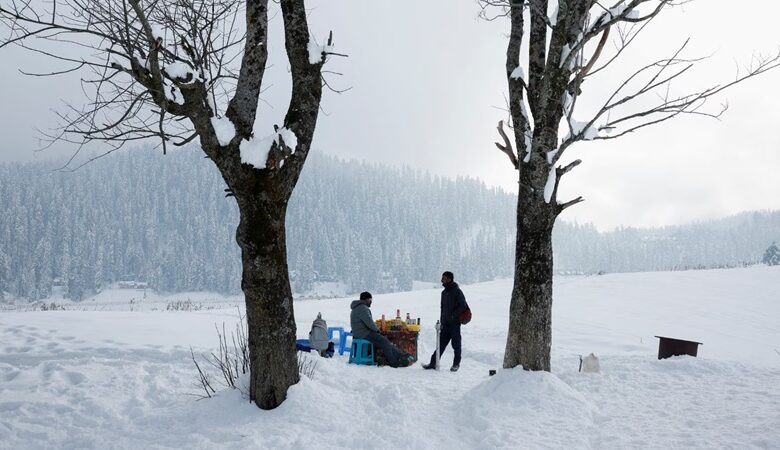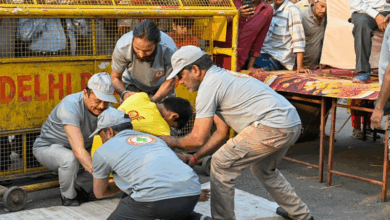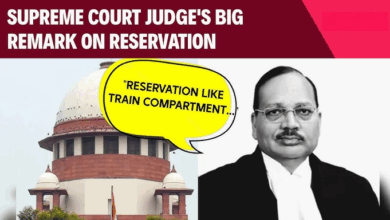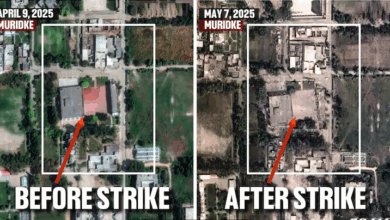Behind the pleasure of snowfall, record cold and frozen pipes leave a path of suffering in Kashmir.
News Mania Desk / Piyal Chatterjee / 8th January 2025

While visitors and people in Kashmir hailed the first snowfall in several years during Chillai Kalan, the worst 40 days of winter that began on December 21, the cold wave also left a path of suffering, including frozen pipes, freezing nights, and sunless days. It also led to disaster. On Sunday, Gingle village in Uri buried five members of a family, a spouse and their three children, who died of asphyxia in their rented home while using a gas heater to stay warm.
This winter has been especially harsh, with night temperatures dropping to -8.5°C in Srinagar and -13°C in the tourist destination of Gulmarg. Nighttime temperatures in Shopian, south Kashmir, have been hovering around -10° for many days.
“It is after a long time that I’m seeing our taps and water pipes frozen,” said Irshad Ahmad, a resident of Shalteng, Srinagar. “I remember in the old days, our iron water pipes would freeze and we would spend days unclogging them using the flame stove. But these days, the iron pipes are replaced by the PPR (Polypropylene Random Copolymer) water pipes and they can’t even be heated. We had a tough time getting these frozen pipes unclogged. One can live with the cold, but not without water,” he said.
Sub-zero temperatures in the Valley are not unusual in the winter, but this time, night temperatures have dropped a few degrees below average. The -8.5°C night temperature reported in Srinagar on December 21 was the lowest in almost a century. In 1934, Srinagar reported a cooler night temperature of -12.8°C.
“We have seen below-normal temperatures in the plains of the Valley this year,” said independent weather forecaster Faizan Ahmad. “But in the higher reaches like Gulmarg, we have observed that the temperatures have hovered around normal or above normal,” added Mr. Singh.
Over the last several decades, traditional Kashmiri buildings, which were meant to assist occupants resist the extreme cold and were plastered with mud and had small windows, have been replaced with concrete constructions with insufficient insulation. The hamam, a chamber with traditional underfloor heating that was formerly exclusively seen in mosques, is now becoming a standard feature of new Kashmiri homes. Some are even refurbishing their old homes to make room for a hammam.
The wealthy have also relied on electric under-floor heating systems to keep homes warm. However, unstable electricity and high operational expenses are significant disadvantages of such systems. Hamams, whether conventional or electric, have always been beyond of reach for the poor.
“An electric hamam costs around Rs 50,000 for a room, but its running cost is too high for an average middle-class family,” said Nazir Ahmad, a Srinagar resident, adding, “The electricity is also not reliable. During snowfall, when it is most needed, the electricity is off for days.”






